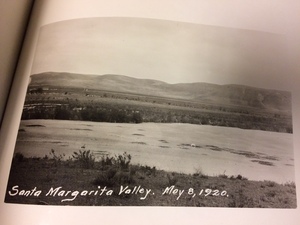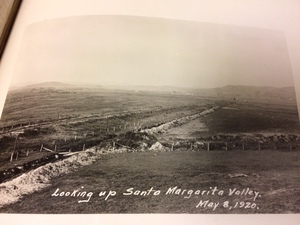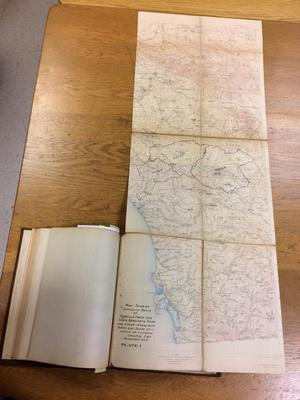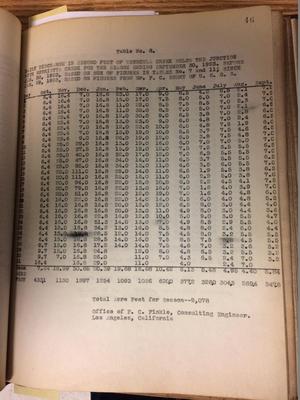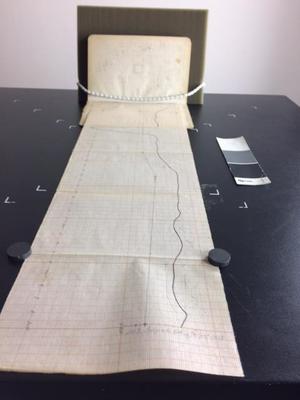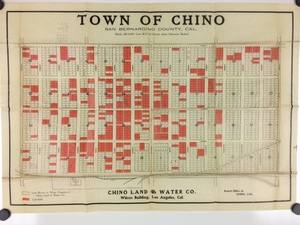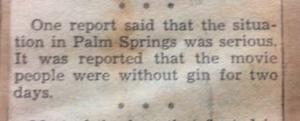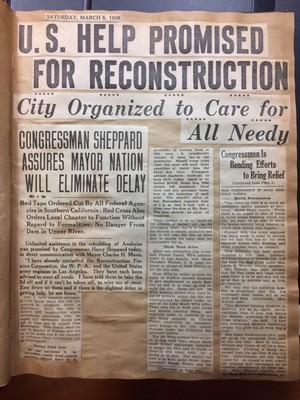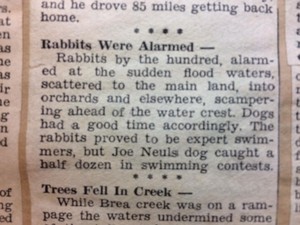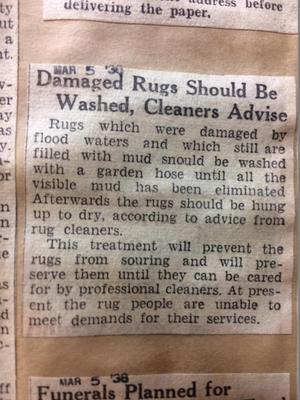While walking through Target this week, I got the faintest hint of harsh reality. Target had taken their patio section and transformed it into their back to school section. this yearly ritual can strike fear into any kid who would rather have summer last forever. As for me this reminded me of my college days at the University of California Riverside, which were filled with hard work, embarrassing moments, and memories I will cherish for life. With that said I do admit to having some strong UCR pride.
In 1978 UCR hosted the annual winter meeting for the Souther California Chapter of the American Musicological Society (AMS), and Jackson was a chairman of the society. When going through his papers I came across a black and white flier which provided driving directions and a campus map of UCR, where the meeting was to take place. If you notice on the directions the 210 freeway does not exist past the 57.

When you compare the 1978 campus map to a current campus map, it shows just how much the university has grown in the past 40 years. It was interesting to see just how old some of the buildings and classrooms are. According to the newsletter, the AMS had their meeting in the humanities building, which is the same building I had most of the classes in. It is also the building where the top of my desk broke off during my final. It is mind-blowing for me to think about the people who walked the halls of UCR before me, and those whose are currently there. It is interesting to think how every student from the past, present, and future, whether they know it or not, will leave a mark.

